| Management programme |
| Progressive containment |
| Objectives |
| Reduce the amount of climbing spindleberry and limit the locations that have it within the Waikato region. |
| Impacts |
| Biodiversity |
Climbing spindleberry is a deciduous climber that can grow up to 12m high and form stems up to 20cm in diameter. It’s an aggressive invader that threatens native bush, forestry, and open areas. Its seedlings are shade tolerant. It’s a particular threat to production forestry because it can strangle pine trees.
Climbing spindleberry is found in several locations in the northern North Island in small, isolated patches. In the Waikato region, most known sites are south of Hamilton, mainly in the Taupō and King Country areas.
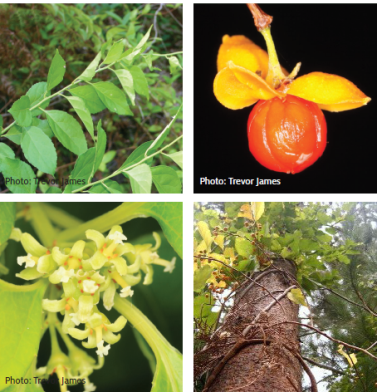
What does it look like?
Climbing spindleberry is a woody perennial vine, sometimes occurring as a trailing shrub. It is deciduous (loses its leaves in winter). The outer surface of its roots is characteristically bright orange.
The bark of climbing spindleberry is greyish-brown with lenticles (raised areas), which sometimes form sharp spines on winter growth. Spindleberry’s brightly coloured fruits have made climbing spindleberry popular for use in floral arrangements.
Flowers
- Small flowers (4mm-10mm) are pale green in colour, in clusters.
- Flowers are present in November.
Fruit/seeds
- Climbing spindleberry usually has separate male and female plants. Both sexes produce flowers, with berries produced only on female plants.
- Fruits (6mm-8mm in diameter) are green, changing to yellow and then yellow-orange by early winter when they ripen.
- Fruits splits open when ripe to reveal a red/orange fleshy aril (seed cover) that surrounds the seeds.
Leaves/stems
- Leaves are glossy, variable, usually oval, and most have drip tips.
- They are finely toothed and arranged alternately along the stem.
- Each leaf is around 50mm-100mm long (up to 150mm in shade).
- Leaves are green in colour, turning bright yellow in autumn before falling.
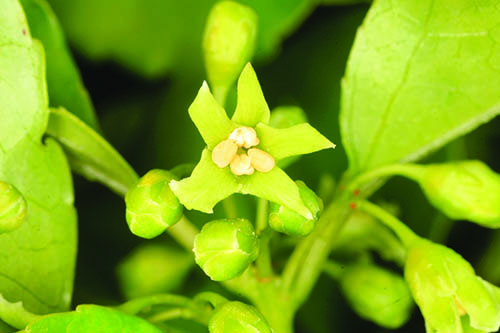
Why is it a pest?
Climbing spindleberry is a rapidly growing, scrambling climber, with suckering roots and stems that can take root when they touch the ground. Its stems can strangle host plants and climb to the top of most canopies, causing them to collapse. Layering stems become dense, forming impenetrable thickets. It has the potential to aggressively invade a wide range of terrestrial habitats from scrub to forest, adversely affecting native species by smothering or displacing them. It’s also a threat to production forestry with a demonstrated potential to strangle pines.
Climbing spindleberry’s bird-dispersed seeds can spread far from parent plants and are viable for up to five years. It’s tolerant of different environmental conditions including hot to very cold temperatures, shade (where seeds germinate best) and high to moderately low rainfall.
Control methods
If you see this weed on your property, do not cut or treat it. Call 0800 800 401 to report it to your local biosecurity pest plant officer.
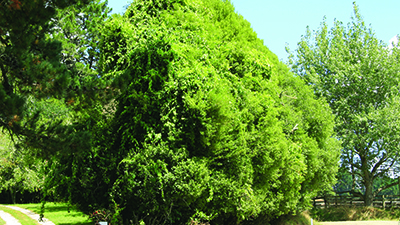
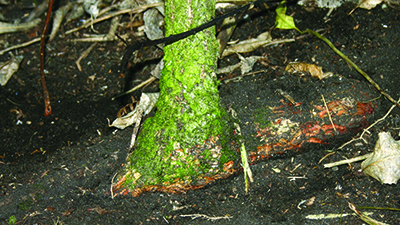
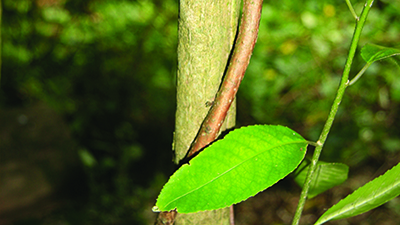
More information
Advice
For additional information and advice on climbing spindleberry, call our pest plant staff on freephone 0800 800 401.
Publications
The following publications are available for download or from Waikato Regional Council. Contact us to request a copy (freephone 0800 800 401).

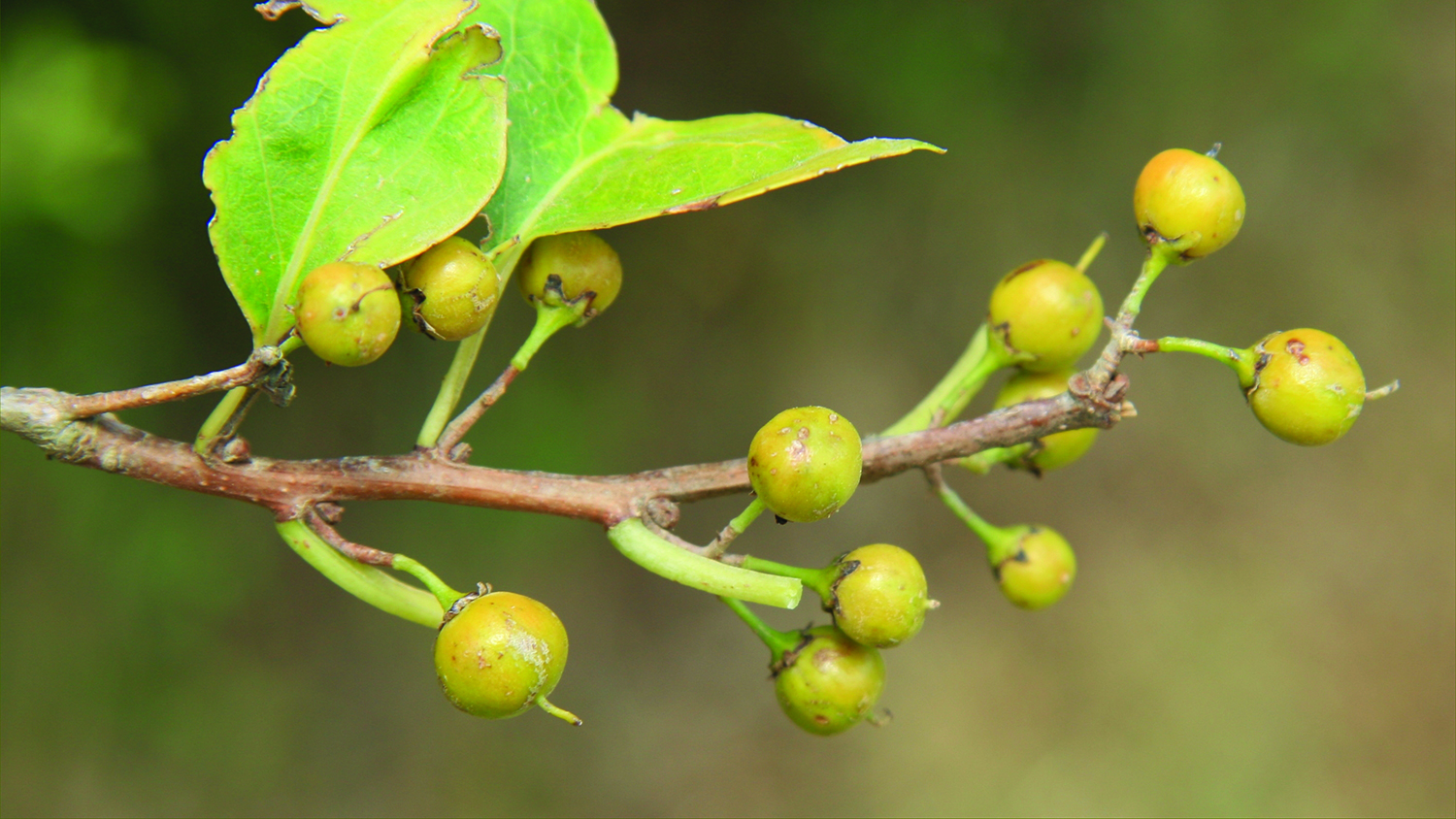




To ask for help or report a problem, contact us
Tell us how we can improve the information on this page. (optional)